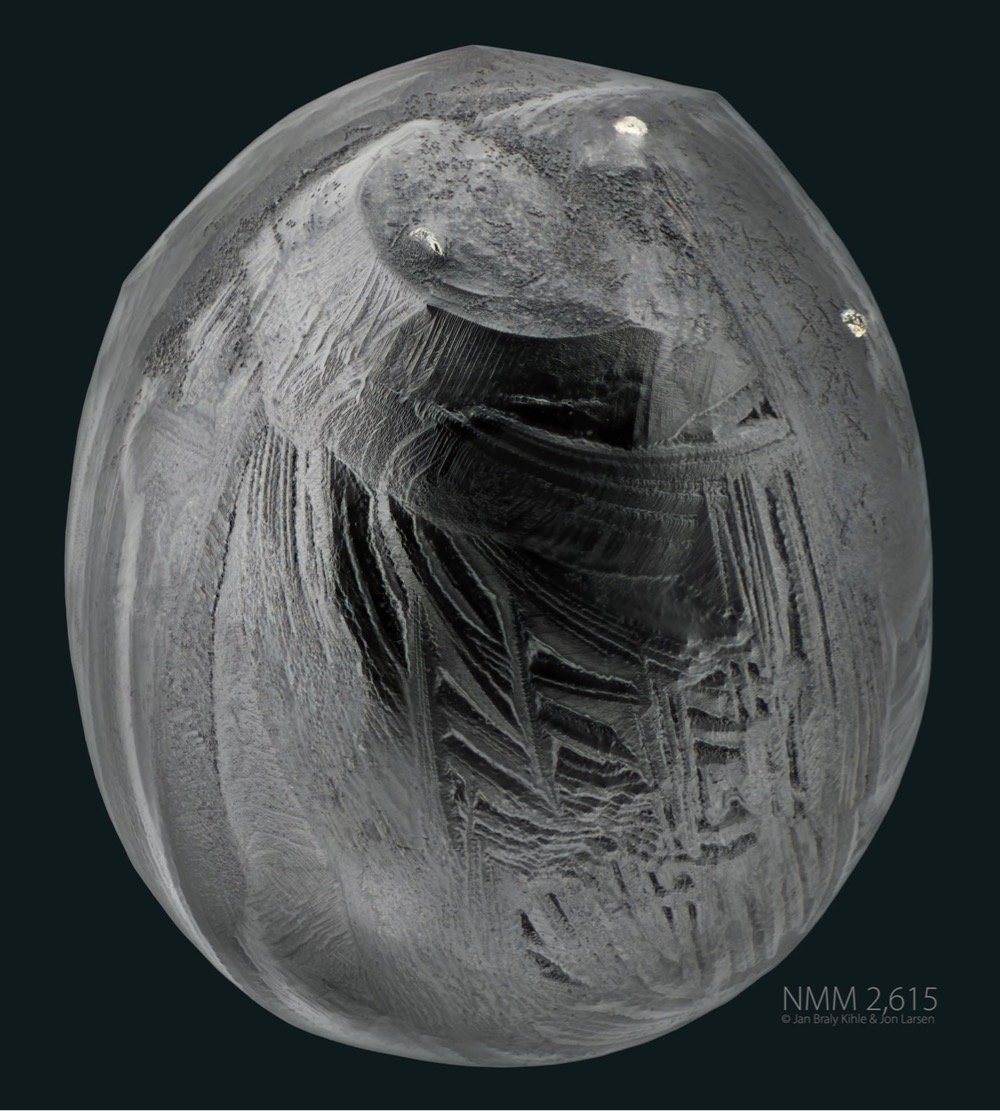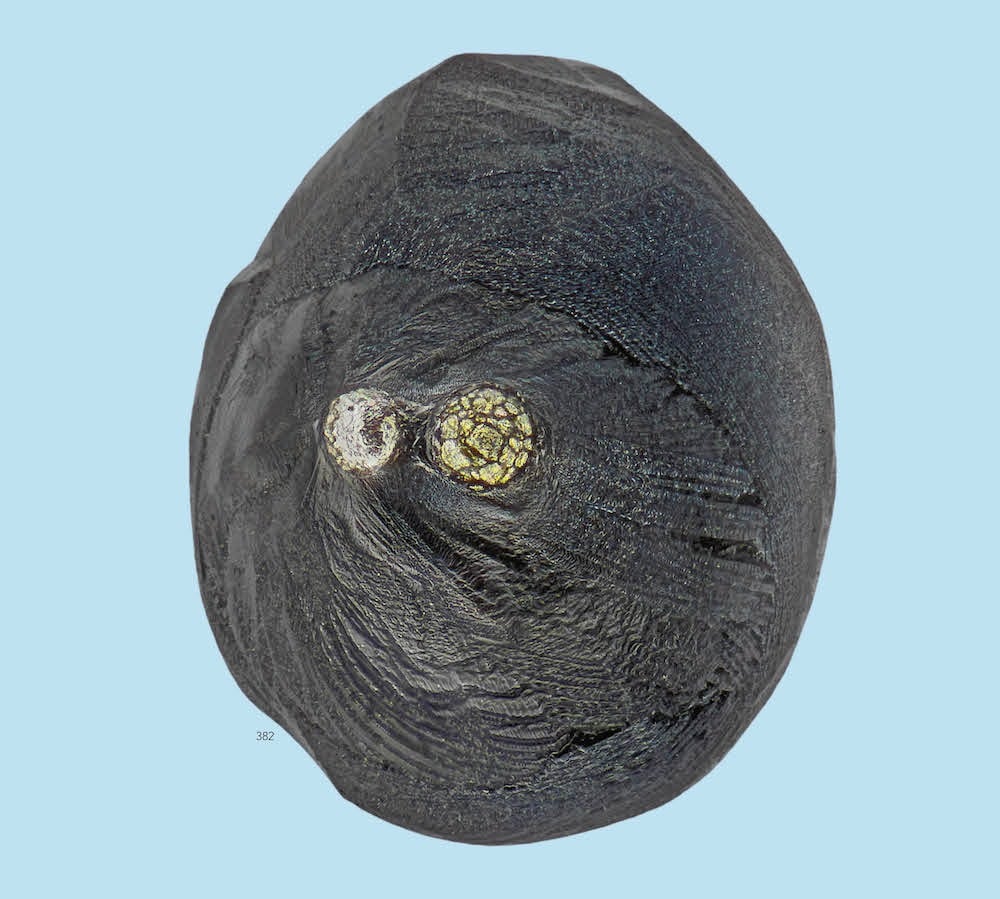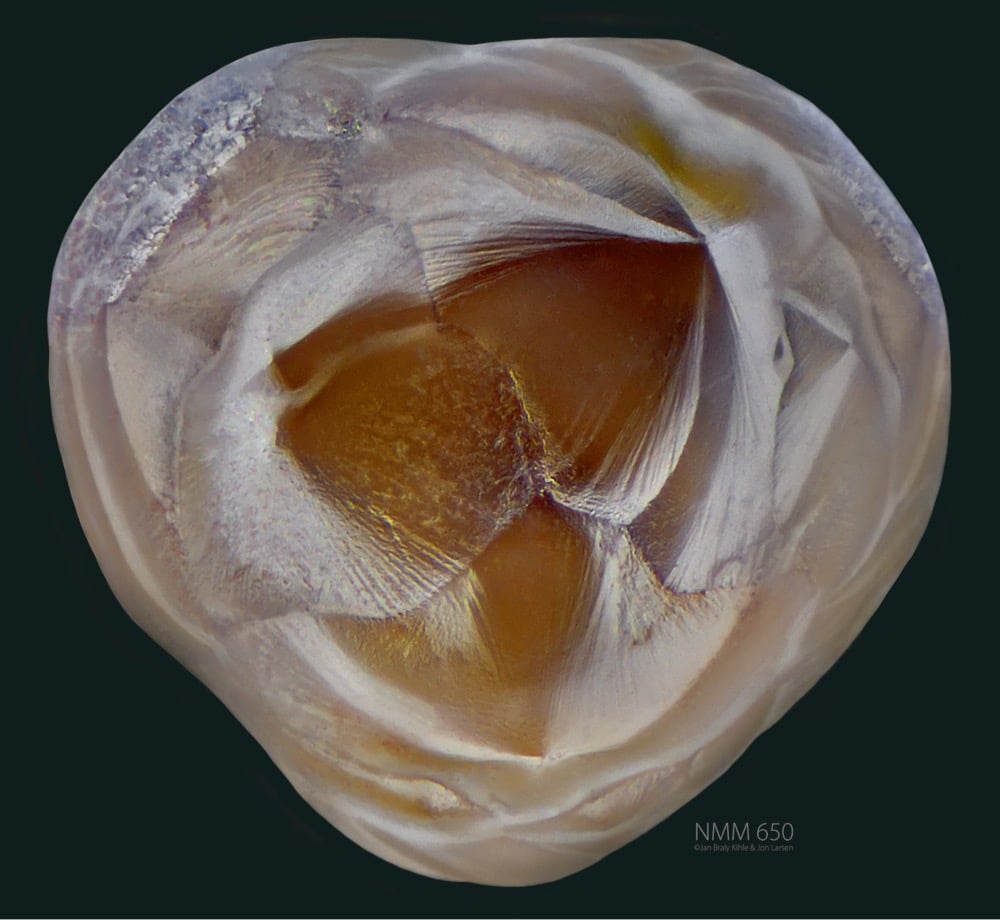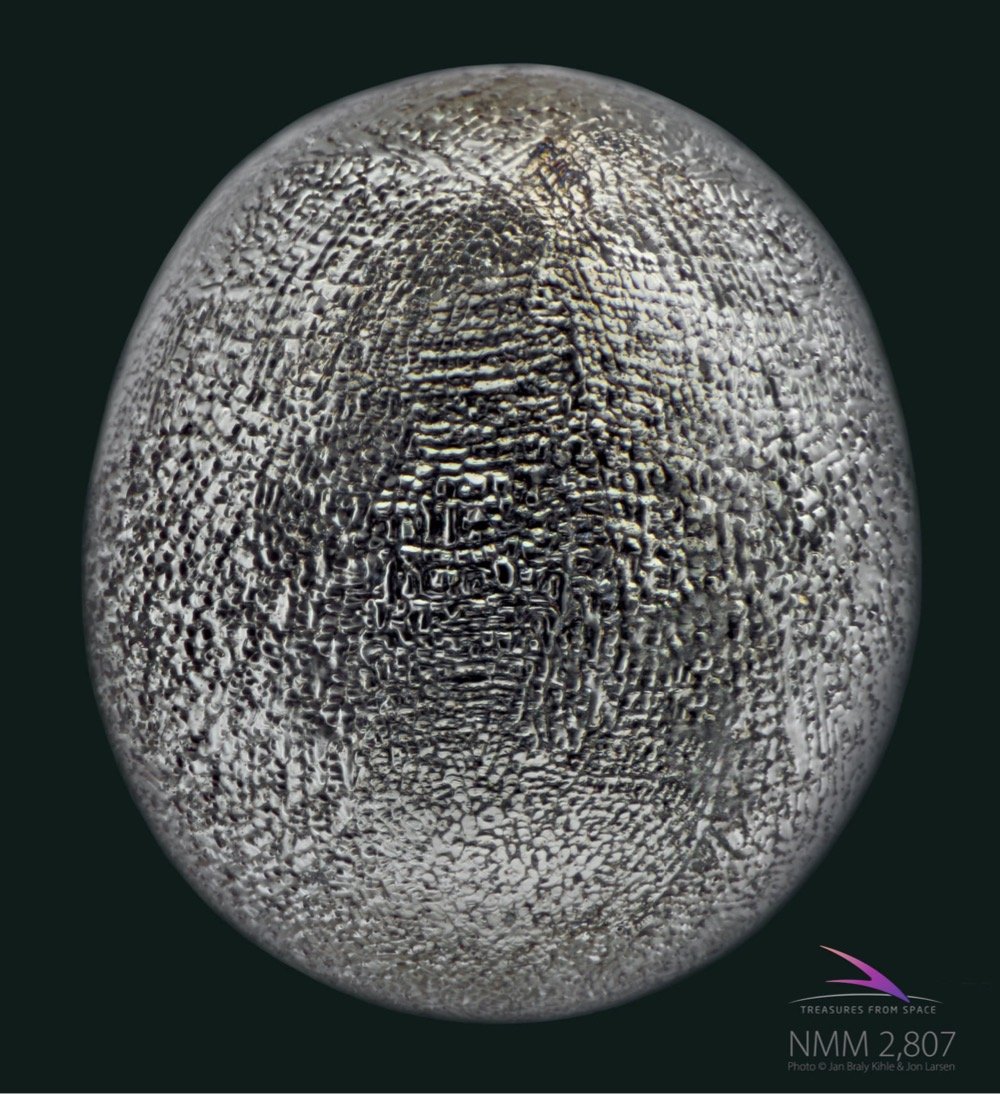The Micrometeorites All Around Us




Jon Larsen collects and photographs micrometeorites from all over the world, finding them even in urban areas mixed in among terrestrial dust and dirt.
The cosmos is a swirling soup of stardust. Every day, approximately 60 tons of dust from asteroids, comets, and other celestial bodies fall to the Earth. These tiny metallic, alien stones of various shapes, textures, and colors-known as micrometeorites-are some of the oldest pieces of matter in the solar system.
Even though micrometeorites blanket the Earth, scientists have generally only been able to discover them in remote places devoid of human presence, such as Antarctic ice, desolate deserts, and deep-sea sediments. Scientists began searching for micrometeorites in the 1960s, and they predominantly thought the extraterrestrial dust would be impossible to find in urban environments. The conventional wisdom held that densely populated areas had too much man-made sediment that camouflaged the tiny space particles.
But Jon Larsen, a Norwegian jazz musician and creator of Project Stardust, was able to show that it is possible to find micrometeorites in more populated areas. In a study published in January 2017 in the journal Geology, he and his colleagues catalogued more than 500 lustrous micrometeorites (and counting), all recovered from rooftops in urban areas.
Check out Larsen’s Project Stardust for more photos and information on how to hunt for your own. (via the kid should see this)





Stay Connected